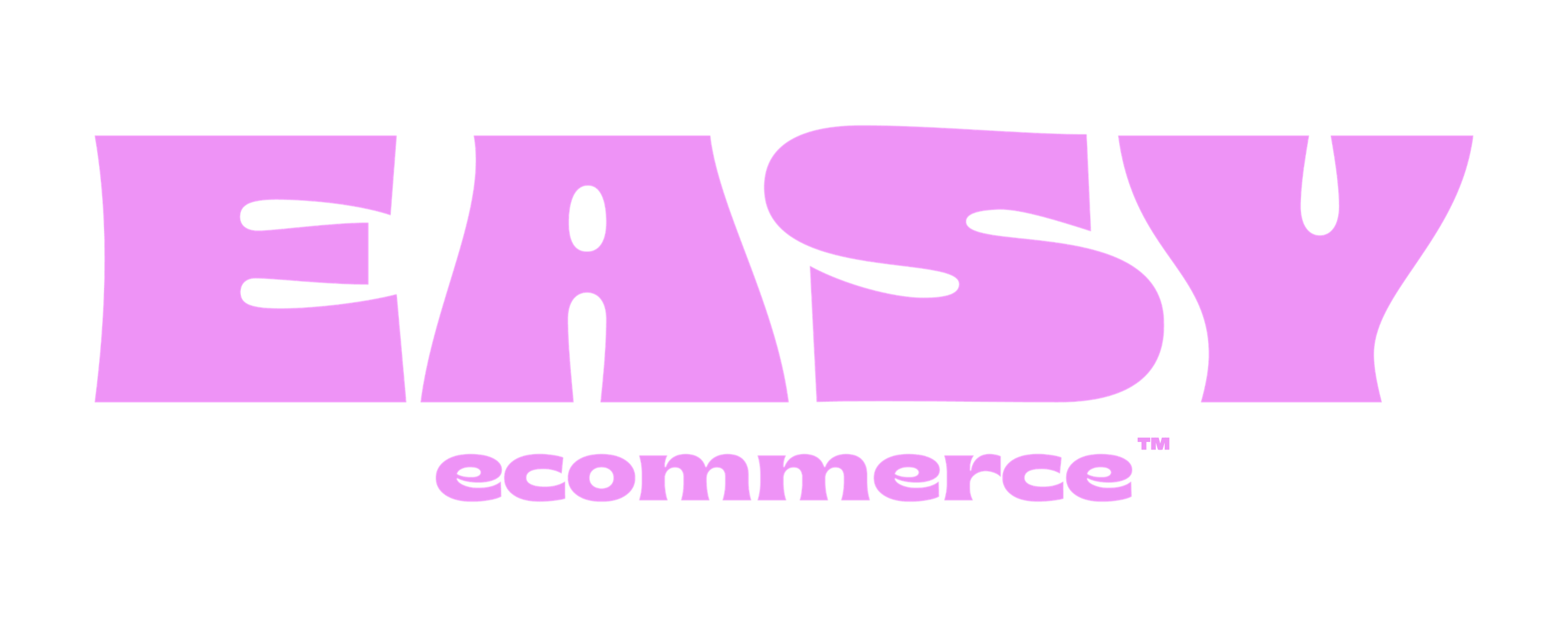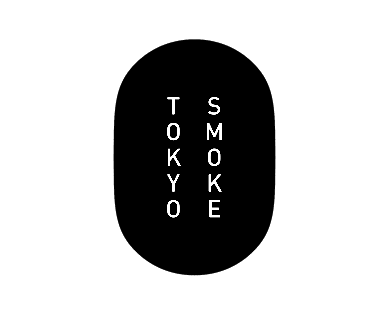

Introduction: The Essential Role of Conversion Rate Optimization (CRO) in Fashion Ecommerce
In the fast-paced world of fashion ecommerce, Conversion Rate Optimization (CRO) stands as a pivotal element for success. However, amidst the bustling demands of modern marketing, dedicating time and resources to CRO can seem overwhelming, even for the most experienced marketers. This blog post aims to demystify CRO for fashion apparel brands, offering a comprehensive overview of strategies and best practices.
For marketers juggling myriad responsibilities, the task of optimizing conversion rates might appear daunting. If you're feeling overwhelmed or seeking expert guidance, remember that assistance is just a message away with our Ecommerce Advisory program or The EASY Program.
In this article, I'll explore why CRO is not just beneficial but essential for fashion retailers, how to identify key areas for improvement, effective strategies tailored for the fashion industry, and real success stories to inspire your journey.
Table of Contents
Understanding Conversion Rate Optimization (CRO) in Fashion Ecommerce
Conversion Rate Optimization (CRO) in fashion ecommerce is the art and science of increasing the percentage of visitors who take the desired action on a website, such as making a purchase. In the context of fashion, where trends are ever-evolving and customer preferences can shift rapidly, CRO becomes even more critical.
CRO is about more than just tweaking website elements; it's about understanding customer behaviors, preferences, and pain points. It's a holistic approach that involves analyzing data from various touchpoints, conducting A/B testing, and continually refining the online shopping experience to align with customer expectations and desires.
The goal is simple: convert more visitors into paying customers, thereby increasing revenues. However, the process to achieve this goal is complex and multifaceted, encompassing everything from website design and user experience to content strategy and marketing tactics.
In the following sections, we’ll delve deeper into how fashion ecommerce retailers can effectively apply CRO strategies to their online platforms, ensuring they're not just attracting visitors but converting them into loyal customers.
Identifying Improvement Areas in Fashion Ecommerce
A critical step in CRO is identifying areas of improvement in your ecommerce strategy. This requires a deep dive into analytics to understand where your website excels and where it falls short. Key metrics to consider include bounce rate, page load time, average session duration, and, most importantly, the conversion rate itself. These metrics can highlight problem areas, such as pages with high exit rates or products with low conversion rates.
Understanding your audience is equally important. Analyze their browsing and purchasing behaviors, geographic locations, and preferences. Tools like Google Analytics, online surveys, and social media insights can provide valuable data. This data helps tailor the website to better meet customer needs and preferences.
Additionally, assessing the user interface of your ecommerce platform is crucial. In the fashion industry, where visual appeal is paramount, your website must be aesthetically pleasing, easy to navigate, and mobile-friendly. Features like high-quality images, interactive size guides, and comprehensive product descriptions enhance user experience and can lead to improved conversion rates.
Remember, the goal is to create a seamless, engaging online shopping experience that resonates with your target audience. By pinpointing and addressing these key areas, you can set the stage for a more effective CRO strategy.
Effective CRO Strategies for Fashion Ecommerce
To effectively optimize conversion rates in fashion ecommerce, retailers need to employ a mix of proven strategies. These include:
- Enhancing Website Speed: A slow-loading website is a major deterrent for potential customers. Optimizing image sizes, leveraging efficient coding practices, and using caching techniques are crucial steps to ensure your website loads quickly.
- Implementing AI-Driven Solutions: AI technologies like personalized site search and shopping assistant chatbots can significantly enhance the customer experience. For instance, AI-powered site search can deliver more relevant results based on user queries, and chatbots can provide personalized style recommendations, improving the overall shopping journey.
- Utilizing User-Generated Content (UGC): Integrating UGC, such as customer reviews and photos, on product pages can build trust and provide social proof. Encouraging customers to share their product experiences on social media can also drive engagement and conversions.
- Investing in High-Quality Visuals: Fashion is inherently visual. High-resolution images and videos, 360-degree views, and zoom features enable customers to get a detailed look at products, influencing their purchasing decisions.
- Customer Reviews and Feedback: Including honest customer reviews on your website can significantly impact purchasing decisions. Responding to customer feedback demonstrates that you value their input, enhancing brand loyalty.
- Social Media Integration: Utilizing social media platforms to reach and engage customers is a powerful strategy. Collaborating with influencers can expand your reach and influence, driving more traffic and conversions.
- Creative Shipping Offers: Free or discounted shipping is a strong incentive for customers. Implementing creative shipping deals, like free shipping over a certain purchase amount, can encourage larger orders.
- Simplifying the Checkout Process: A complicated checkout process can lead to cart abandonment. Streamlining this process with features like autofill and automated checkout can enhance user experience and boost conversions.
By implementing these strategies, fashion ecommerce sites can create a more engaging, user-friendly, and efficient shopping experience that not only attracts customers but also encourages them to complete their purchases.
Leveraging Technology and Analytics for Enhanced CRO in Fashion Ecommerce
In the realm of fashion ecommerce, technology and analytics play a pivotal role in driving CRO. By harnessing the power of data, retailers can gain valuable insights into customer behavior, preferences, and trends. Here are key ways to leverage technology and analytics:
- Data-Driven Decision Making: Utilizing analytics tools to track customer interactions and conversions on your site provides a wealth of information. This data can inform decisions on everything from website design to product placement and marketing strategies.
- AI and Machine Learning: AI technologies can personalize the shopping experience for customers. Machine learning algorithms analyze customer data to provide personalized product recommendations, optimize search results, and even predict future purchase behaviors.
- Customer Segmentation and Targeting: Analytics enable retailers to segment their customer base into distinct groups based on their behavior and preferences. This allows for more targeted and effective marketing campaigns, improving the chances of conversion.
- A/B Testing: Experimenting with different website layouts, product placements, and marketing messages can reveal what resonates best with your audience. A/B testing provides concrete data on what changes lead to increased conversions.
- Predictive Analytics: By analyzing past customer behavior, predictive analytics can forecast future trends and purchasing patterns. This insight helps retailers stock the right products and create marketing campaigns that align with anticipated customer desires.
- User Experience Optimization: Analytics provide detailed information about how customers interact with your website, identifying any friction points in the user journey. Addressing these issues can significantly improve the user experience and conversion rates.
By integrating these technological and analytical tools into your CRO strategy, you can create a more personalized, efficient, and effective shopping experience that not only meets but exceeds customer expectations.
Common Pitfalls to Avoid in CRO for Fashion Ecommerce
While implementing CRO strategies, fashion ecommerce retailers must be wary of common pitfalls that can hinder their success. Being aware of these can help in creating a more effective and efficient CRO plan:
- Ignoring Mobile Optimization: With a significant portion of ecommerce traffic coming from mobile devices, neglecting mobile optimization can lead to a substantial loss in potential conversions.
- Overlooking Website Speed: A slow-loading website is one of the biggest turn-offs for online shoppers. Ensuring your site loads quickly is crucial for keeping potential customers engaged. Apps are notorious for slowing down sites so make sure what you are using is absolutely necessary.
- Neglecting Quality Content: High-quality images and compelling product descriptions are essential in fashion ecommerce. Poor quality visuals or lackluster content can dissuade customers from making a purchase.
- Failing to Use Data Effectively: Not leveraging the power of data analytics to understand customer behavior and preferences is a missed opportunity in optimizing your ecommerce strategy.
- Complicated Navigation and Checkout Processes: A confusing website layout or a cumbersome checkout process can frustrate customers, leading to cart abandonment.
- Not Testing and Iterating: Failing to continuously test different aspects of your website and not iterating based on the results can prevent you from finding the most effective CRO strategies.
- Ignoring Customer Feedback: Customer reviews and feedback are invaluable for improving your products and website. Ignoring this feedback can lead to a disconnect between what your customers want and what you offer.
By avoiding these pitfalls, fashion ecommerce retailers can create a more user-friendly and effective online platform, leading to higher conversion rates and increased customer satisfaction.
Real-World Success Stories in Fashion Ecommerce CRO
The true measure of effective CRO strategies is seen in their real-world impact. Here, we highlight how applying these strategies has led to significant improvements in conversion rates for various fashion ecommerce brands:
- Wondery Outdoors: By optimizing their website layout, improving mobile responsiveness, and implementing targeted marketing campaigns, Wondery Outdoors saw a remarkable 14% increase in their conversion rate. This success underscores the importance of a holistic approach to CRO, encompassing both technical and marketing aspects.
- Viberg Boots: Focusing on high-quality product imagery, user-friendly navigation, and streamlined checkout processes, Viberg Boots achieved a 10% increase in their conversion rate. Their success highlights the critical role of user experience in converting visitors into customers.
- Climb On Equipment: By leveraging data analytics to understand customer behavior and preferences, coupled with A/B testing of website elements, Climb On Equipment also saw a 10% boost in conversion rates. This demonstrates the power of data-driven decision-making in CRO.
These examples illustrate the transformative effect that well-executed CRO strategies can have on fashion ecommerce businesses. It’s clear that a focus on customer experience, data-driven insights, and continuous optimization can lead to significant growth in online sales.
Remember, if you're a marketer overwhelmed by the prospect of CRO or seeking expert guidance, our Ecommerce Advisory program and The EASY Program are here to help. Don't hesitate to reach out for assistance in optimizing your ecommerce strategy.
Conclusion: Mastering CRO for Success in Fashion Ecommerce
In conclusion, Conversion Rate Optimization is an essential component for success in the competitive landscape of fashion ecommerce. The journey to optimizing your online store involves understanding and implementing effective strategies, leveraging technology and analytics, and learning from real-world success stories. By enhancing website performance, focusing on user experience, utilizing data-driven insights, and avoiding common pitfalls, fashion retailers can significantly increase their conversion rates.
Remember, effective CRO is an ongoing process of testing, learning, and refining. The ecommerce landscape is continually evolving, and staying ahead requires adaptability and a commitment to understanding your customers' needs and behaviors.
For marketers feeling overwhelmed by the complexity of CRO, or for those who simply want to ensure they are on the right track, seeking professional guidance can be a game-changer. Our Ecommerce Advisory program and The EASY Program are designed to provide the support and expertise needed to navigate the world of ecommerce successfully.
By taking these steps and embracing the continuous journey of CRO, fashion retailers can not only increase their conversion rates but also build a more loyal and satisfied customer base, driving long-term success and growth in the industry.











